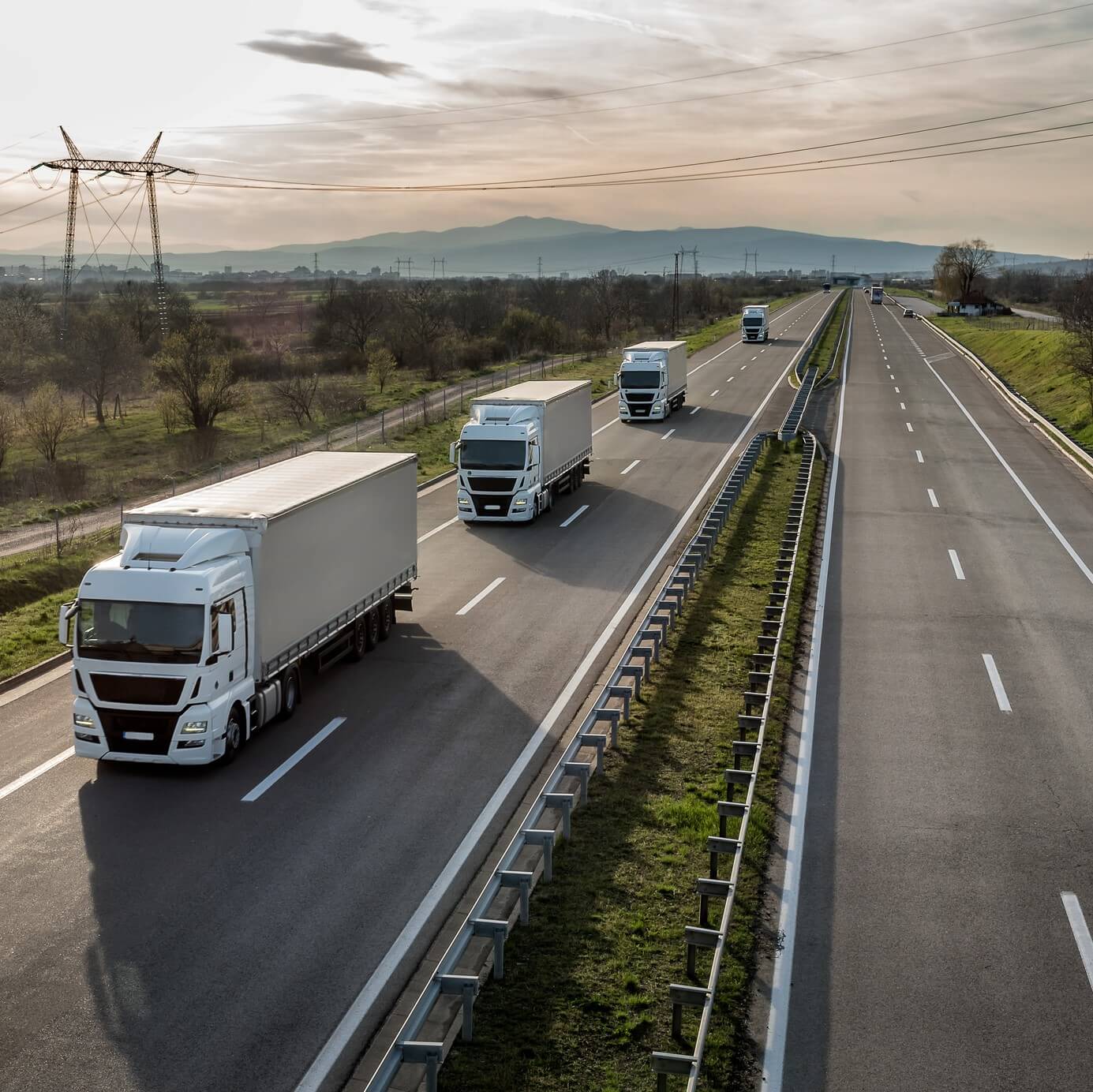Truck platooning is the practice of syncing multiple trucks together into a convoy with connective technology and automated driving systems. It allows all of the trucks to travel extremely close together, with the lead truck dictating the speed of the whole convoy. When the truck in front slows down, it sends an immediate signal to the platoon to automatically brake. Theoretically, the reaction time of the autonomous system would be five times faster than a human driver, allowing for much smaller following distances.
However, there would still be human drivers with the ability to control each truck in case the autonomous system malfunctioned or failed. With autonomous systems, they wouldn’t need to be 100% in control, allowing drivers time to make calls or finish other tasks. This is the promise of platooning, at least according to the European Automobile Manufacturers Association (ACEA). Pennsylvania is currently testing the use of truck platooning on our highways.
Why Do Trucking Companies Want to Lobby for Truck Platooning?
There are a few advantages to truck platooning for shipping companies. For one, because trucks are traveling close together, each truck experiences less drag. Ultimately, this lowers fuel consumption and fuel costs. It also reportedly cuts down on CO2 emissions. The ACEA says that truck platooning will also make deliveries faster and more efficient while reducing traffic jams.
Truck Platooning & Highway Safety
In an article from the Journal of the Transportation Research Record, researchers simulated the impact of platoon trucking on traffic near a highway on-ramp. They found that the presence of truck platoons made it more difficult for motorists to merge into traffic before the end of the merging lane, creating or worsening congestion. “The problem gets worse as there are more truck platoons in traffic,” the report says. Larger platoon sizes (i.e. three trucks or more) “increase merging problems considerably.”
Vehicles that fail to merge before the end of the merging lane are forced into one of two scenarios: driving on the shoulder, or merging from a complete standstill. Merging from a standstill, as anyone who has attempted to merge with high-speed traffic knows, increases the risk of collision. How traffic actually is affected by truck platooning will depend on how many companies adopt it.
The report recommends that truck platoons include a yielding distance to allow vehicles to merge between trucks in a convoy. However, that presents some risks of its own.
In the end, autonomous driving is still, legally speaking, a bit of a challenge. In a situation where a vehicle is being controlled by an algorithm or remotely by an AI, even with a human monitor, who is accountable for a collision? Is it the lead driver, who may not even be in the vehicle that caused a collision? Is it the company that owns the vehicles, or the company that makes the platooning software? We need to settle these questions before autonomous 18-wheelers populate our highways.
Regardless, after a century of representing the injured, HHR is prepared to overcome any legal obstacle to make sure our clients get what they need. Our firm has been fighting against negligent companies since before the creation of interstate highways, and we’ll continue to fight them as those highways become less and less safe for regular motorists.
If you’ve been injured in a trucking accident, call our Pennsylvania trucking lawyers for a free consultation. Let’s talk about your options for recovery.


